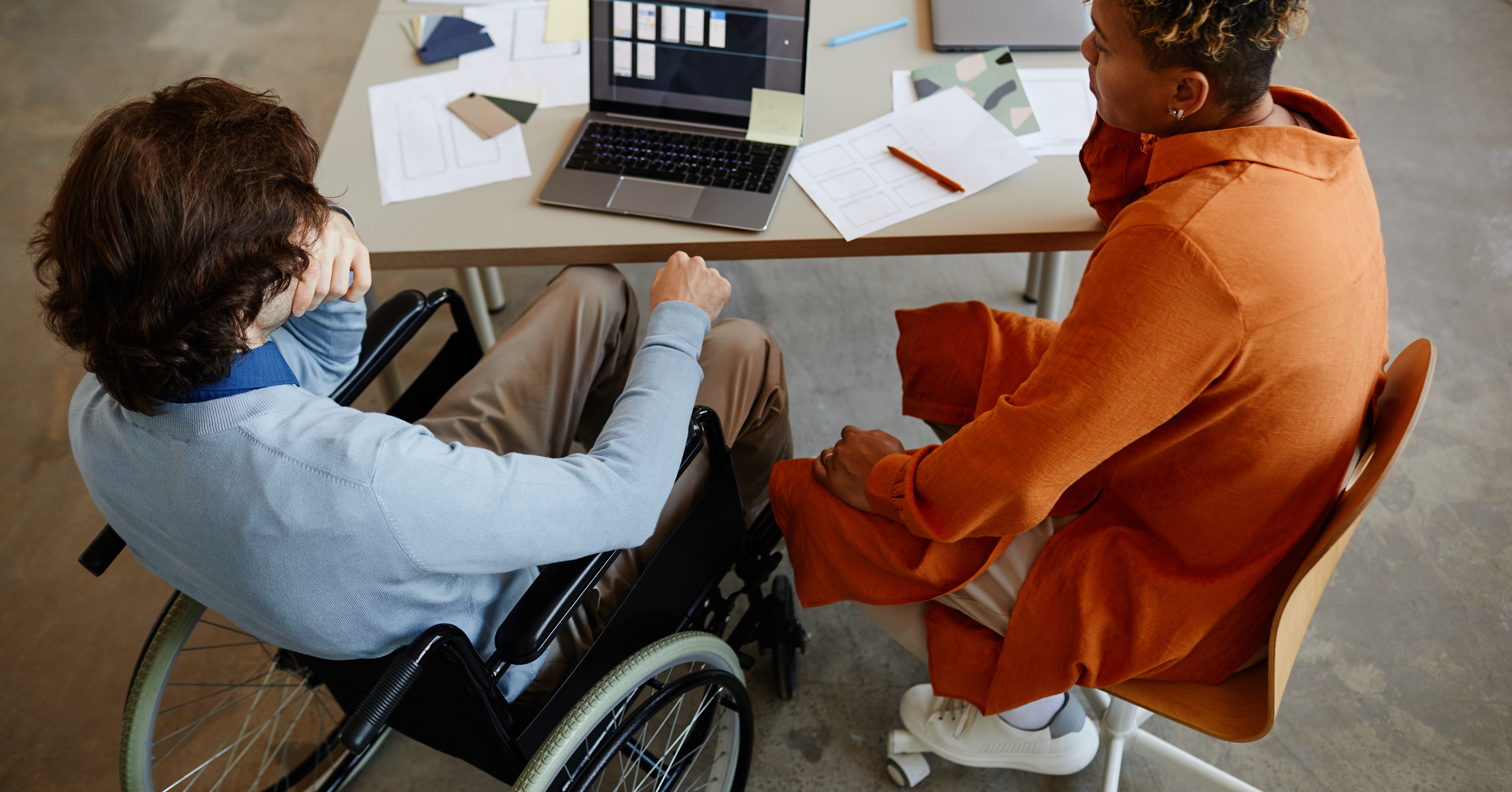Approach
A vision has been developed and a general scheme indicating how the recovery process and the return to work process should be considered together, as well as 9 pathology sheets, namely for the following pathologies: burnout (ICD-10 code: Z73.0), adjustment disorders (F43.2), mild depressive episode (F32.0), carpal tunnel syndrome (G56.0), torn rotator cuff (M75.1), knee prothesis (Z96.6), non-specific low back pain (M54.5), breast cancer (C50) and acute myocardial infarction (I21).
The development took place in three phases, with regular coordination with the Steering Committee.
Phase 1: Mapping the existing situation / known factors
First, the existing situation and known factors were mapped out, via three steps:
-
Studying existing information and guidelines from abroad (e.g. France, Sweden etc.) via desk research;
-
Conducting exploratory interviews with 16 experts in occupational medicine, insurance medicine, general practice medicine and the relevant medical domains (face to face);
-
Organising a feedback round with 22 medical specialists within the relevant clusters (via e-mail).
This led to a first version of the vision and a sheet per pathology.
Phase 2: Reorientation with a focus on the ‘Return To Work' (RTW) journey
In 2021, the new government, together with Minister Vandenbroucke, wished to seize the ongoing process to make the link with the ‘Return To Work’ (RTW) coordination. The tool was revised and expanded where necessary. The vision and the sheets were revised with a focus on the ‘Return To Work' journey. Work has also been done on the elaboration of a general scheme regarding the parallel consideration of recovery and the return to work journey, and appendices on the range of participation opportunities and tips to facilitate the return to work.
Möbius also collected input from associations of general practitioners (Domus Medica and SSMG) and patient associations (Vlaams Patiëntenplatform and LUSS) and integrated it into the tool.
This led to an adapted version of the vision and sheets, and a general scheme.
Phase 3: Pilot process for testing and evaluating the tool
In order to maximise the usefulness of the tool and to ensure support for the tool, a pilot process was organised with both Dutch-speaking and French-speaking general practitioners and patient representatives (in collaboration with GP associations and patient associations). This process consisted of three steps:
-
Organising an online event to present the developed tool and to explain the pilot process (an event was organised in Dutch and the same event in French);
-
During three months: usage of the tool during consultations by general practitioners and evaluation of the tool (by both groups), supported by an online community (organised via a digital platform);
-
Collecting feedback and suggestions in a structured way to further optimise the material and maximise its implementation rate, via an online survey of the participants in the pilot process.
There were several consultation/coordination moments with the members of the WG 3 and the GP associations, to triage the collected feedback and to integrate the relevant feedback. This led to a final version of the vision, the general scheme and the pathology sheets.
Results
The result is a clear tool with recommendations to improve the use of absence certificates due to illness as part of the therapeutic approach and reintegration at work, in the form of:
-
A vision consisting of an introduction, three pillars and three appendices with relevant additional information;
-
A general scheme to make the link between recovery and the journey back to work;
-
A sheet for each of the 9 pathologies, which is built up according to a fixed structure, with basic medical information, information regarding recovery and return to work, indicative durations for incapacity for work and factors that are important to determine the patient's situation to be assessed 'in concrete terms'.













.jpg?width=410&height=220&name=iStock-1407807197%20(1).jpg)


